Karan Saxena
Sid
Voxtral
Jul 17, 2025Abstract:We present Voxtral Mini and Voxtral Small, two multimodal audio chat models. Voxtral is trained to comprehend both spoken audio and text documents, achieving state-of-the-art performance across a diverse range of audio benchmarks, while preserving strong text capabilities. Voxtral Small outperforms a number of closed-source models, while being small enough to run locally. A 32K context window enables the model to handle audio files up to 40 minutes in duration and long multi-turn conversations. We also contribute three benchmarks for evaluating speech understanding models on knowledge and trivia. Both Voxtral models are released under Apache 2.0 license.
Magistral
Jun 12, 2025Abstract:We introduce Magistral, Mistral's first reasoning model and our own scalable reinforcement learning (RL) pipeline. Instead of relying on existing implementations and RL traces distilled from prior models, we follow a ground up approach, relying solely on our own models and infrastructure. Notably, we demonstrate a stack that enabled us to explore the limits of pure RL training of LLMs, present a simple method to force the reasoning language of the model, and show that RL on text data alone maintains most of the initial checkpoint's capabilities. We find that RL on text maintains or improves multimodal understanding, instruction following and function calling. We present Magistral Medium, trained for reasoning on top of Mistral Medium 3 with RL alone, and we open-source Magistral Small (Apache 2.0) which further includes cold-start data from Magistral Medium.
The Llama 3 Herd of Models
Jul 31, 2024Abstract:Modern artificial intelligence (AI) systems are powered by foundation models. This paper presents a new set of foundation models, called Llama 3. It is a herd of language models that natively support multilinguality, coding, reasoning, and tool usage. Our largest model is a dense Transformer with 405B parameters and a context window of up to 128K tokens. This paper presents an extensive empirical evaluation of Llama 3. We find that Llama 3 delivers comparable quality to leading language models such as GPT-4 on a plethora of tasks. We publicly release Llama 3, including pre-trained and post-trained versions of the 405B parameter language model and our Llama Guard 3 model for input and output safety. The paper also presents the results of experiments in which we integrate image, video, and speech capabilities into Llama 3 via a compositional approach. We observe this approach performs competitively with the state-of-the-art on image, video, and speech recognition tasks. The resulting models are not yet being broadly released as they are still under development.
Pentagon at MEDIQA 2019: Multi-task Learning for Filtering and Re-ranking Answers using Language Inference and Question Entailment
Jul 01, 2019
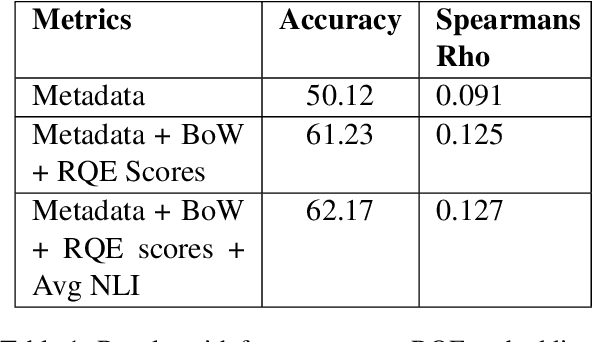
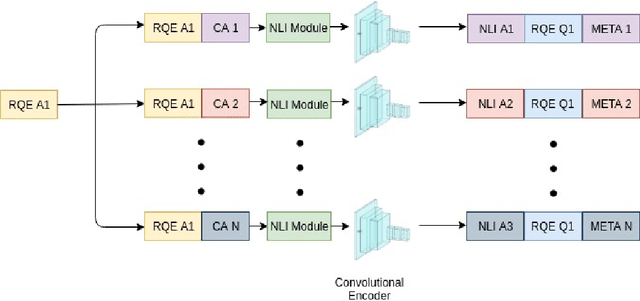
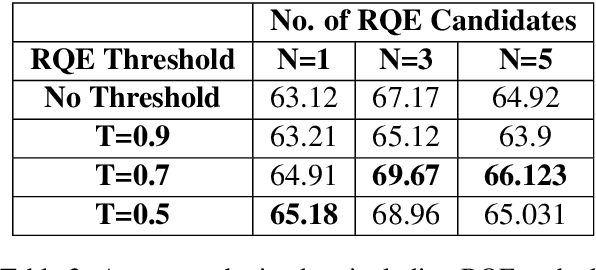
Abstract:Parallel deep learning architectures like fine-tuned BERT and MT-DNN, have quickly become the state of the art, bypassing previous deep and shallow learning methods by a large margin. More recently, pre-trained models from large related datasets have been able to perform well on many downstream tasks by just fine-tuning on domain-specific datasets . However, using powerful models on non-trivial tasks, such as ranking and large document classification, still remains a challenge due to input size limitations of parallel architecture and extremely small datasets (insufficient for fine-tuning). In this work, we introduce an end-to-end system, trained in a multi-task setting, to filter and re-rank answers in the medical domain. We use task-specific pre-trained models as deep feature extractors. Our model achieves the highest Spearman's Rho and Mean Reciprocal Rank of 0.338 and 0.9622 respectively, on the ACL-BioNLP workshop MediQA Question Answering shared-task.
The RGNLP Machine Translation Systems for WAT 2018
Dec 03, 2018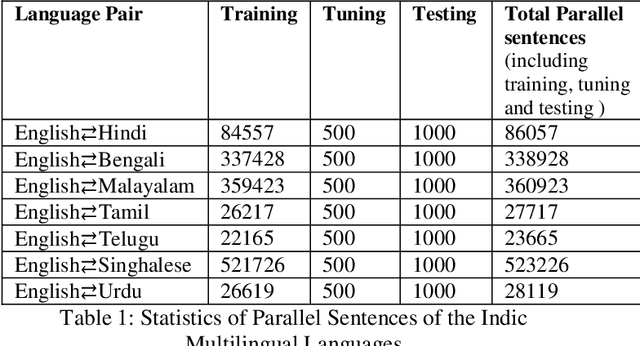
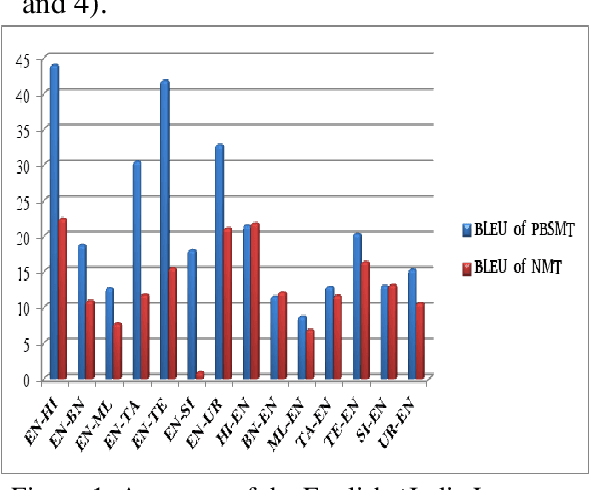
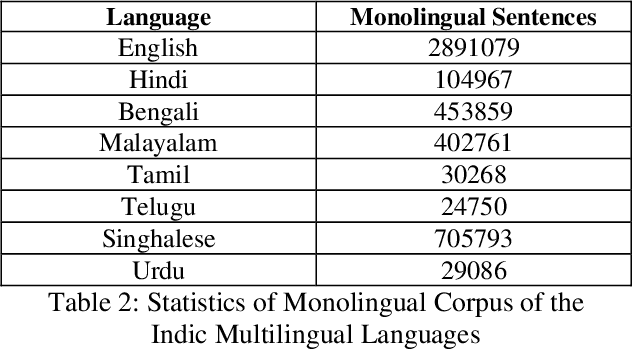
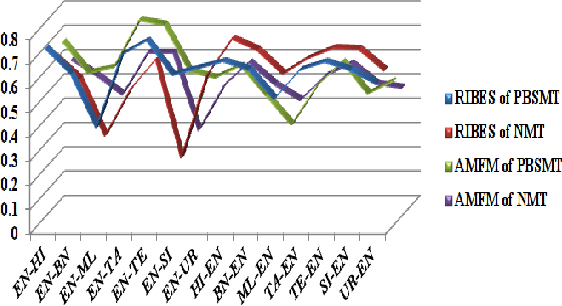
Abstract:This paper presents the system description of Machine Translation (MT) system(s) for Indic Languages Multilingual Task for the 2018 edition of the WAT Shared Task. In our experiments, we (the RGNLP team) explore both statistical and neural methods across all language pairs. (We further present an extensive comparison of language-related problems for both the approaches in the context of low-resourced settings.) Our PBSMT models were highest score on all automatic evaluation metrics in the English into Telugu, Hindi, Bengali, Tamil portion of the shared task.
 Add to Chrome
Add to Chrome Add to Firefox
Add to Firefox Add to Edge
Add to Edge